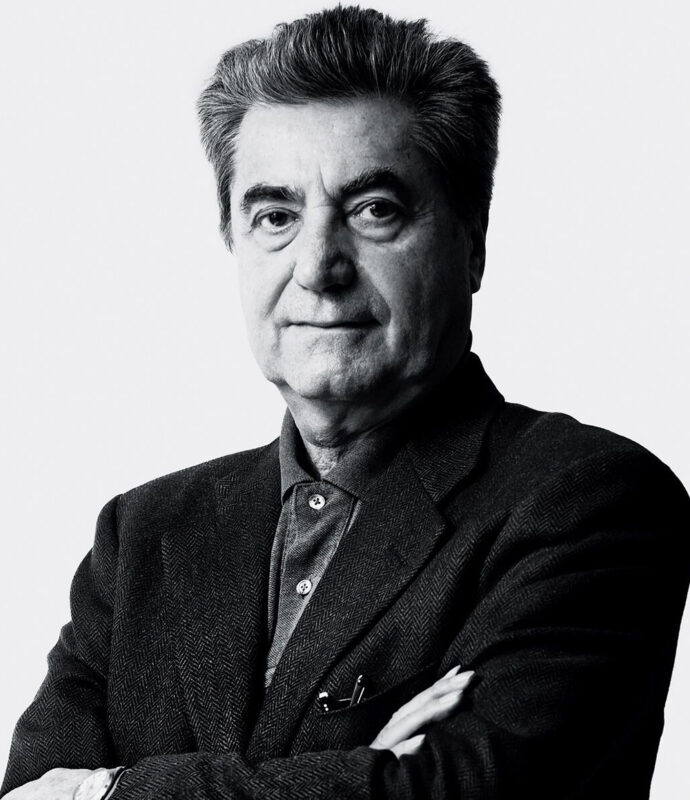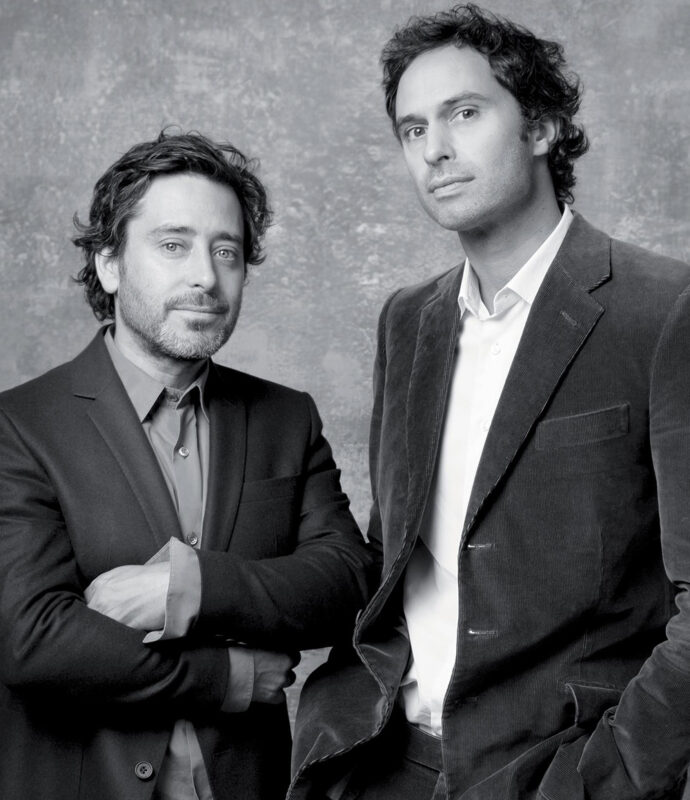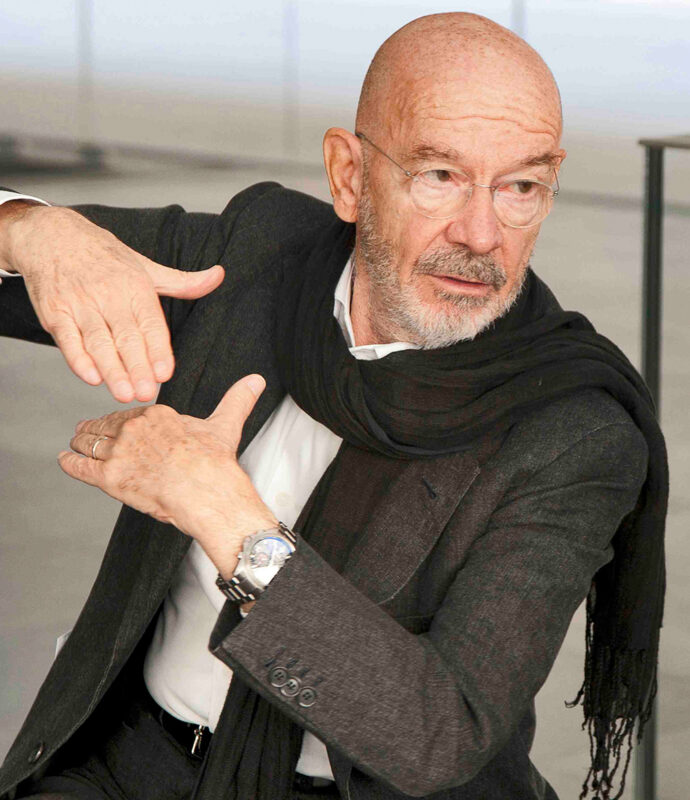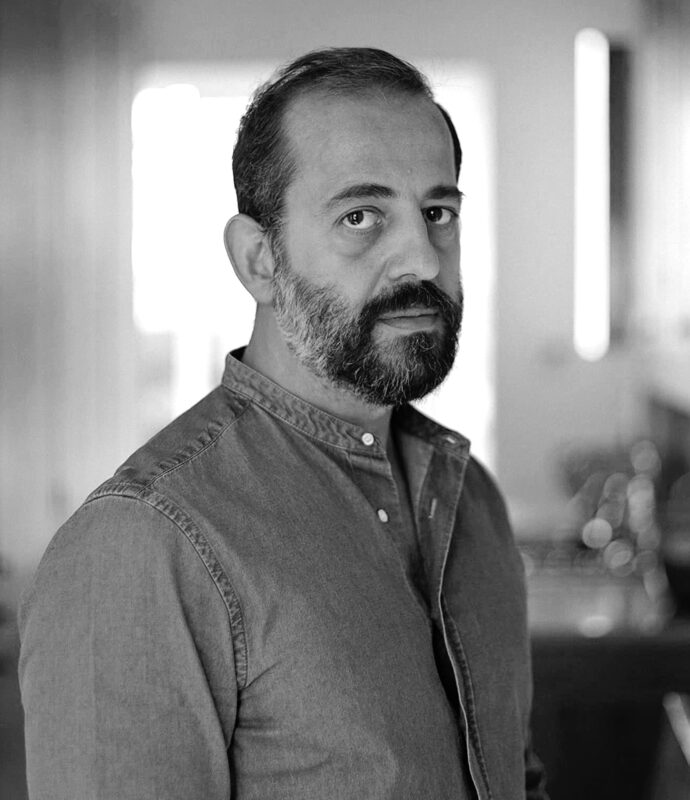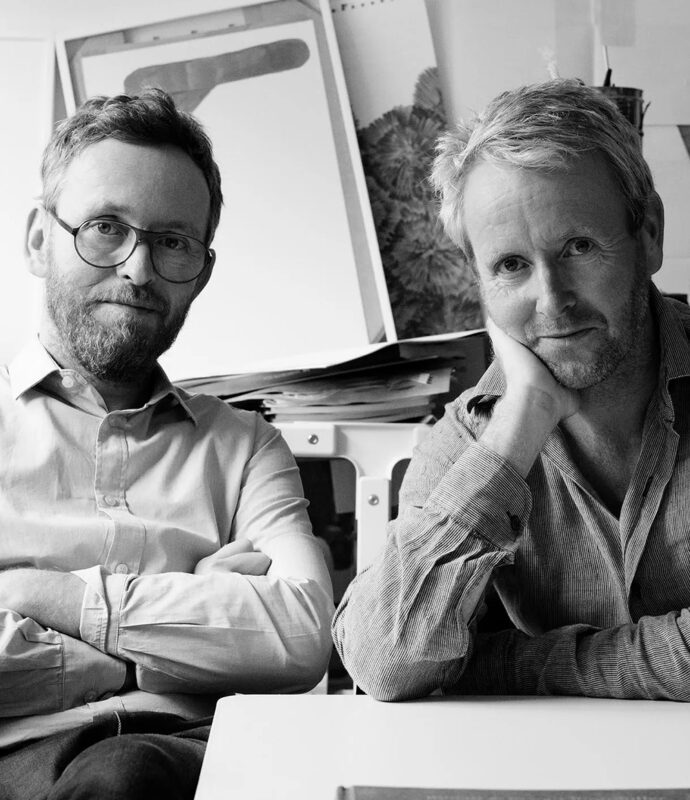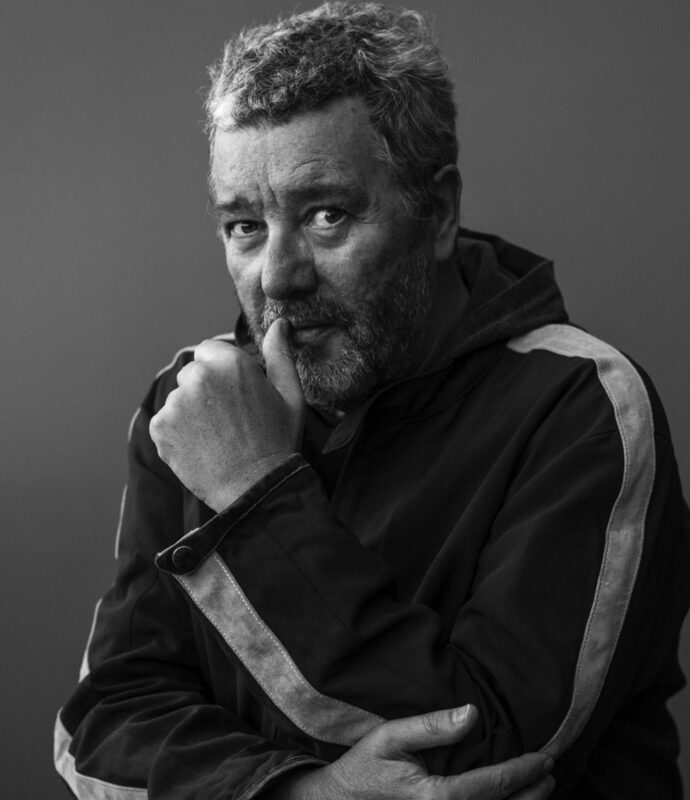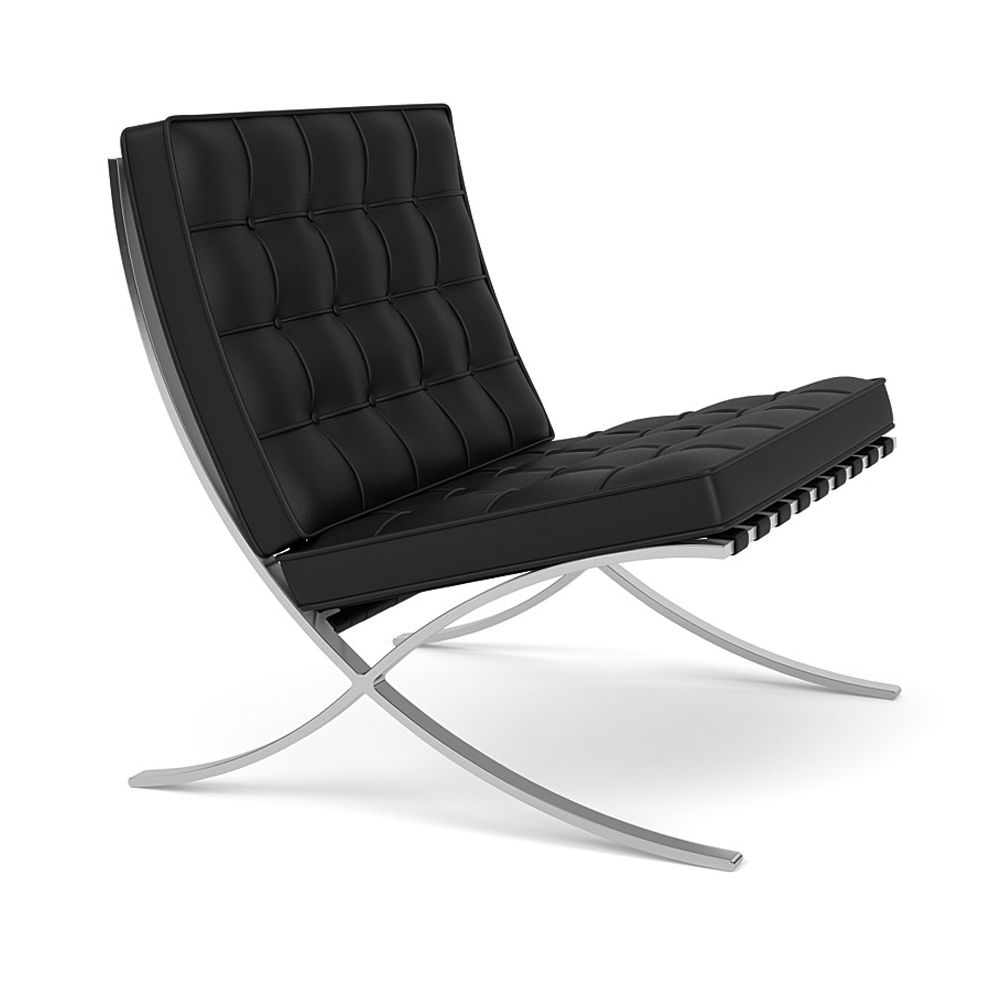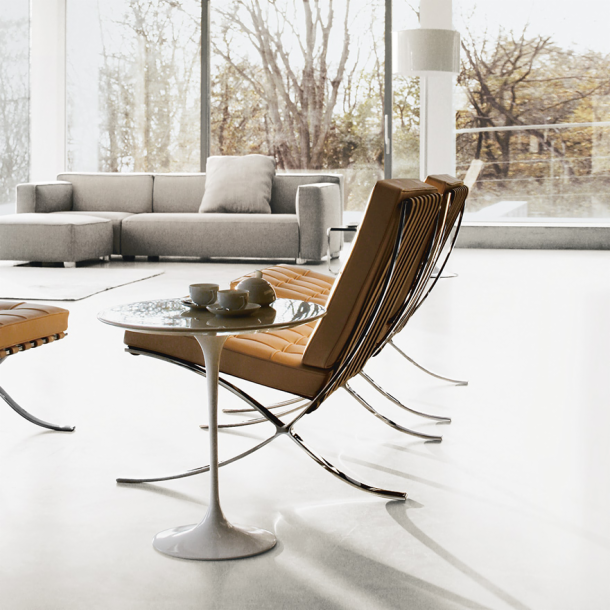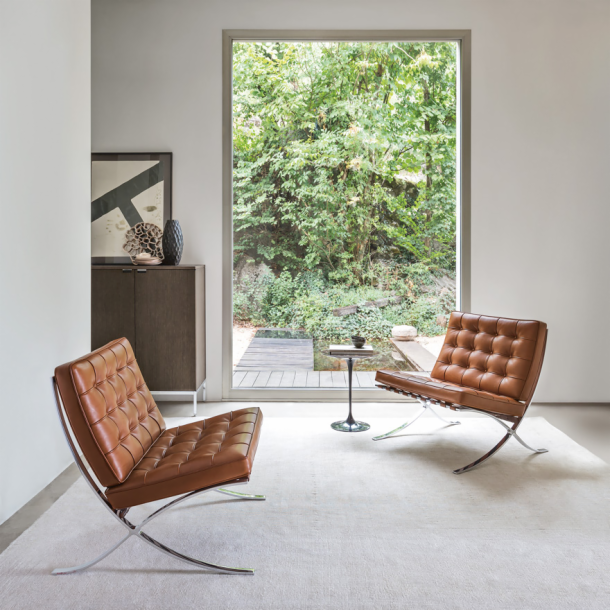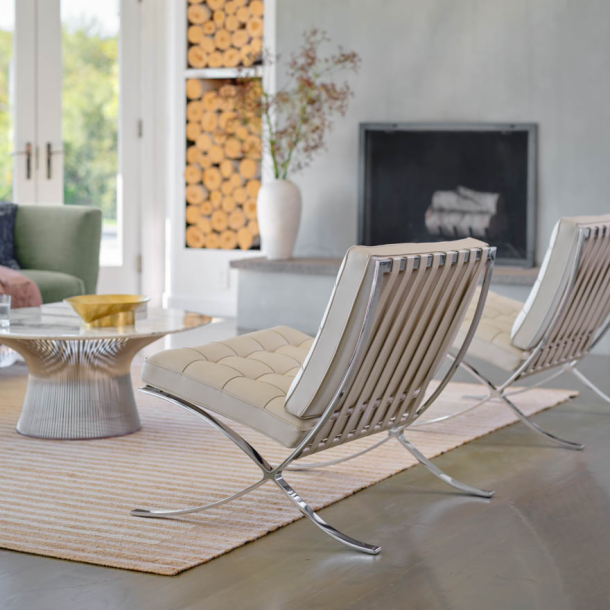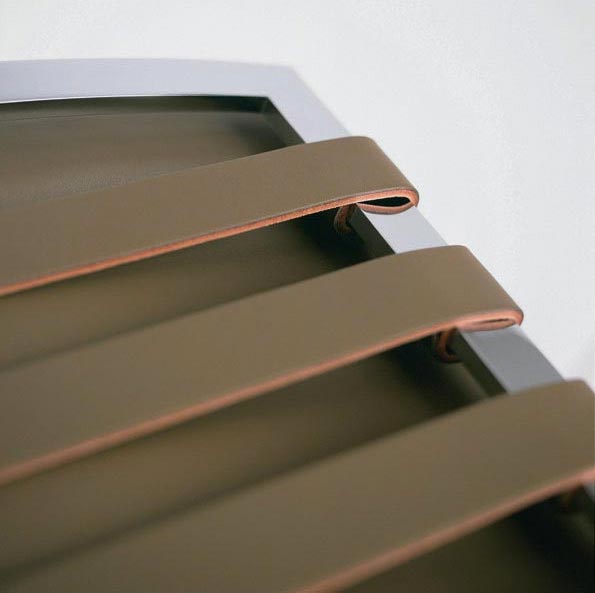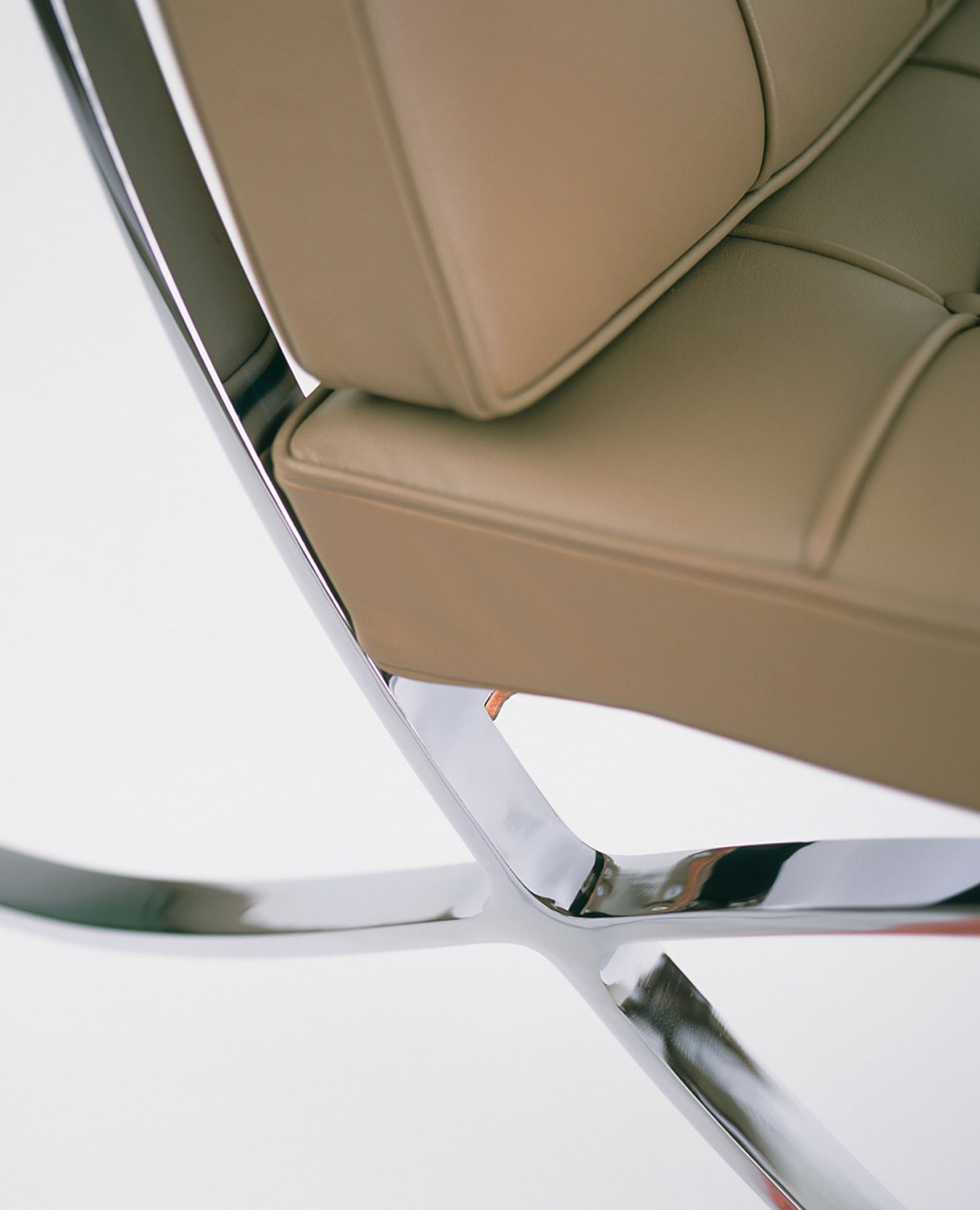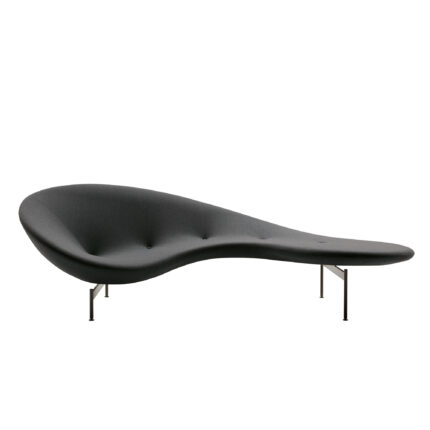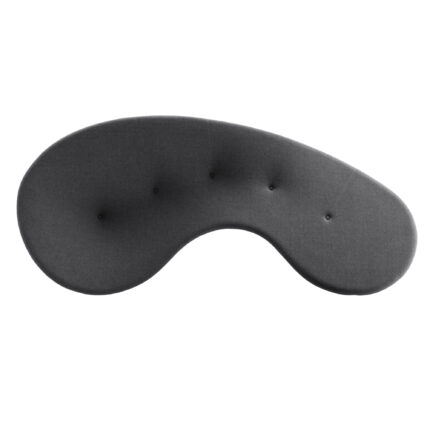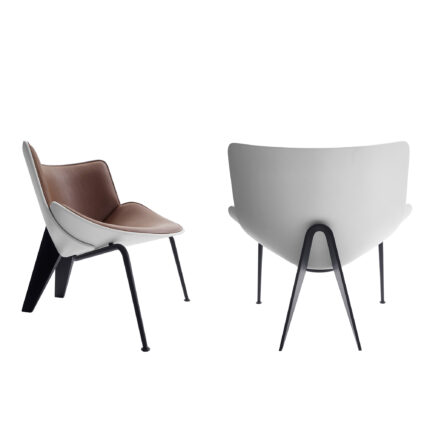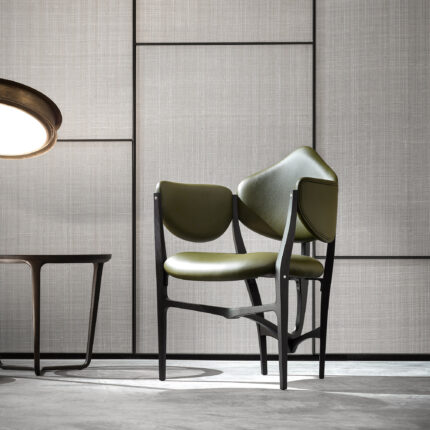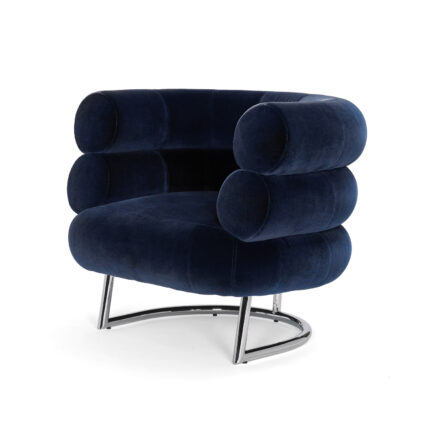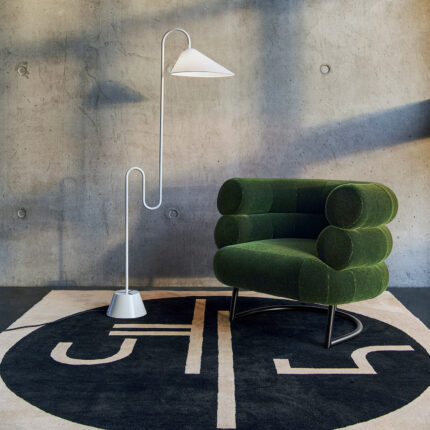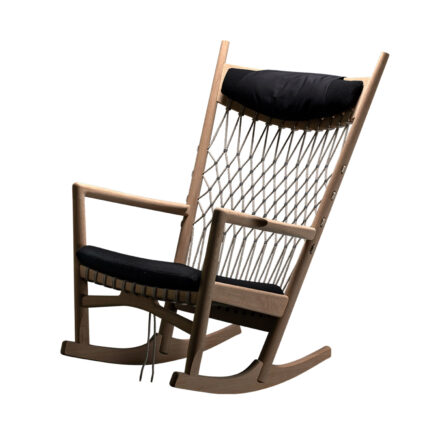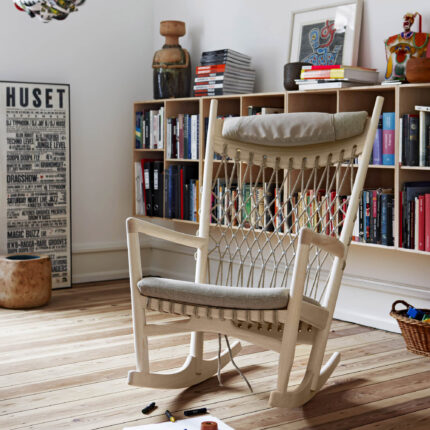Barcelona Chair
One of the most recognizable objects of the last century and an icon of the modern movement, the Barcelona Chair exudes a simple elegance that sums up Mies van der Rohe’s most famous maxim: “less is more.”
Every Barcelona piece is a tribute to the marriage of modern design and exceptional craftsmanship.
| Brand | |
|---|---|
| Designer | |
| Design year | |
| Material |
Leather ,Metal |
| Origin |
Italy |
You can contact for detailed information.
One of the most recognizable objects of the last century and an icon of the modern movement, the Barcelona Chair exudes a simple elegance that sums up Mies van der Rohe’s most famous maxim: “less is more.”
Every Barcelona piece is a tribute to the marriage of modern design and exceptional craftsmanship.
As a rising figure of the Modernist movement, Ludwig Mies van der Rohe was chosen to design the German Pavilion for the 1929 International Exhibition in Barcelona.
Through masterful proportioning and planning, Mies created a rhythmic and completely unprecedented space that elevated the materials of the industrial age to a level of elegance never before achieved. Inside, Mies included chairs and stools designed as a resting place for the King and Queen of Spain. Determined to create a chair fit for royalty, Mies is thought to have based his signature cross-framed designs on the campaign chairs of Ancient Rome. Mies: “I feel that it should be possible to harmonize the old and the new in our civilization.”
Although the Barcelona Pavilion stood for only seven months, like the accompanying Barcelona Chairs (although it is said that the King and Queen never sat in them), it is considered a defining achievement of modern architecture.
Mies, who had been a close friend and mentor of Florence Knoll during his time at the Illinois Institute of Technology, officially granted Knoll the production rights to the Barcelona Chair and Stool in 1953. The designs immediately became the signature of the Knoll brand and have since become one of Mies van der Rohe’s exacting standards.
Delivery
- Your orders in the online stock will be delivered within 5 business days at the latest in Istanbul.
- The delivery time of customizable products varies according to product specifications.
Cargo
- Your product is packaged and delivered to you by the Mozaik delivery team in accordance with the procedures.
- Shipping costs depend on the size of your order and the requested destination.
100% Original
Mozaik is an authorized dealer of world famous design brands. All products sent from Mozaik are original and under warranty.
The brands have been selected for the high quality and standardized control of their production.
Guarantee
The quality of our products is at the top of their category and the way we stock and ship them is done in a way that guarantees the safety of the products.
Manufacturers provide a guarantee depending on the type of product. The service is provided directly by the manufacturer brands.



